Energy Market Trends – July 2025
Electricity Market
Overview
July 2025 delivered improved stability across the National Electricity Market (NEM), with wholesale electricity prices easing following a volatile June. Contributing factors included stronger renewable energy generation, fewer unplanned generator outages, and milder winter temperatures. This combination reduced stress on gas-fired peaking units and moderated the frequency and intensity of price spikes.
Market Dynamics
Renewable Generation: Wind and solar output recovered strongly during July, particularly in southern states, reducing reliance on gas generation and improving dispatchable supply margins.
Gas Generation: Gas-fired output declined sharply, reflecting improved conditions in the electricity grid and lower peaking requirements.
Hydro Output: Hydro generation was notably lower in some regions, especially Victoria, due to low reservoir inflows and strategic conservation of storage.
Futures Pricing: Forward markets showed softening trends, with futures prices for 2026 contracts falling closer to $95/MWh across most NEM states, signalling market confidence in improving supply conditions.
Spot Price Movements
Victoria: Average spot prices fell more than 60% month-on-month, reaching approximately $82/MWh. Increased wind capacity and reduced unplanned outages played a central role.
New South Wales: Spot prices declined by approximately 62%, with July averages around $96/MWh, supported by strong renewable dispatch and interregional transfers.
Queensland: Price movements were more moderate due to continued reliance on coal and gas-fired generation.
South Australia: The state continued to experience intermittency-related price swings due to variable wind output, relying heavily on gas generation during gaps.
Tasmania: Cooling demand remained elevated, but hydro output was carefully managed to preserve reserves, contributing to moderate market stability.
Natural Gas Market
Overview
The natural gas market remained tight in July, though improved electricity market conditions and reduced gas-generation demand provided some relief. Demand moderation in the eastern states was countered by persistent supply concerns and export-driven pricing pressures.
Market Drivers
Export Demand: Strong international LNG demand continued to elevate export prices, indirectly influencing domestic wholesale gas benchmarks.
Supply Constraints: Domestic supply limitations persisted due to underinvestment and delayed project approvals, maintaining upward pressure on prices.
Electrification Trend: Many industrial consumers accelerated analysis of electrification pathways to reduce exposure to gas volatility.
State-by-State Gas Snapshot
NSW and VIC: Decreased gas burn for electricity generation led to short-term relief, though industrial users continued to face cost uncertainty.
QLD: Domestic gas supply remained relatively stable, but export obligations sustained upward price tension.
SA: Gas remained a critical peaking fuel, especially during low renewable output periods.
WA: Western Australia remained insulated from east coast dynamics but continued to face balancing challenges between domestic demand and LNG exports.
Infrastructure & Policy Developments
Grid Investment: Planning and regulatory focus continued on accelerating the delivery of transmission infrastructure and storage capacity to support high renewables integration.
Generator Bidding Oversight: Regulatory bodies maintained scrutiny of generator bidding behaviours following concerns raised in previous months about market manipulation during outages.
AEMC Rule Changes: New rules designed to enhance financial resilience among market participants and improve credit support structures were finalised in July.
Consumer Pricing Review: A national review into electricity pricing frameworks was initiated to ensure affordability and prevent pricing distortions in the context of rising cost-of-living pressures.
Marinus Link Progress: Tasmania’s Marinus Link project moved closer to final investment decision status, reflecting its strategic importance in enhancing grid reliability and energy sharing across regions.
Forward Outlook
Renewable Volatility: Despite improvements, the market remains vulnerable to extended periods of low renewable generation.
Transmission Constraints: Congestion and interconnector limitations continue to hamper efficient energy distribution, reinforcing the urgency of infrastructure expansion.
Gas Policy Uncertainty: Ongoing ambiguity around domestic gas reservation mechanisms may delay investment in new supply and storage.
Climate and Demand Risk: Unpredictable weather patterns and electrification-related demand surges pose new operational challenges for grid managers and retailers alike.
Austech Power & Gas remains committed to helping clients navigate these dynamic conditions with clear, strategic advice and procurement solutions. Contact us to learn how your business can build resilience, reduce exposure to volatility, and capitalise on emerging market opportunities.

